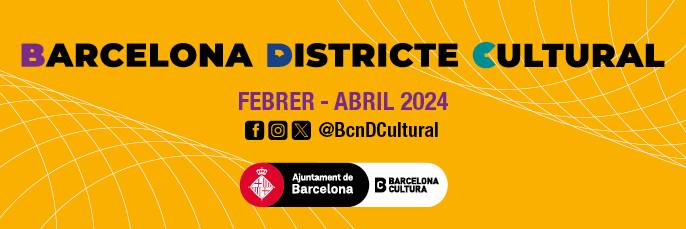Les millor valorades. Top 10
Què et ve de gust?
Quina disciplina vols?
Quina edat?
Properes representacions
Don Ramón María del Valle-Inclán
Del 19/04 al 19/04
9.0
Teatre
Les dones sàvies
Del 19/04 al 19/04
8.8
Teatre
Fairfly
Del 19/04 al 19/04
8.6
Teatre
L'home que perdia els botons
Del 19/04 al 19/04
8.5
Familiar |
Circ





